14 GPTs for Model Building Powered by AI for Free of 2025
AI GPTs for Model Building are advanced machine learning tools designed to streamline and enhance the process of creating, testing, and deploying predictive models. Utilizing Generative Pre-trained Transformers, these tools offer specialized functionalities for tasks within model building, such as data analysis, algorithm selection, and performance evaluation. They play a crucial role in delivering customized solutions, adapting to the varied needs of model development in diverse fields.
Top 10 GPTs for Model Building are: 最全数学建模赛题助手,机器学习专家,R Language Data Cruncher,Anaplan Assistant,PyTorch Architect,OpenSeesGPT,PyTorch Document,How Many Toothpicks,Actuarial Assistant - Professionalism,PyTorch Engineer
最全数学建模赛题助手
AI-powered solutions for mathematical modeling competitions

机器学习专家
Empowering your machine learning journey with AI.
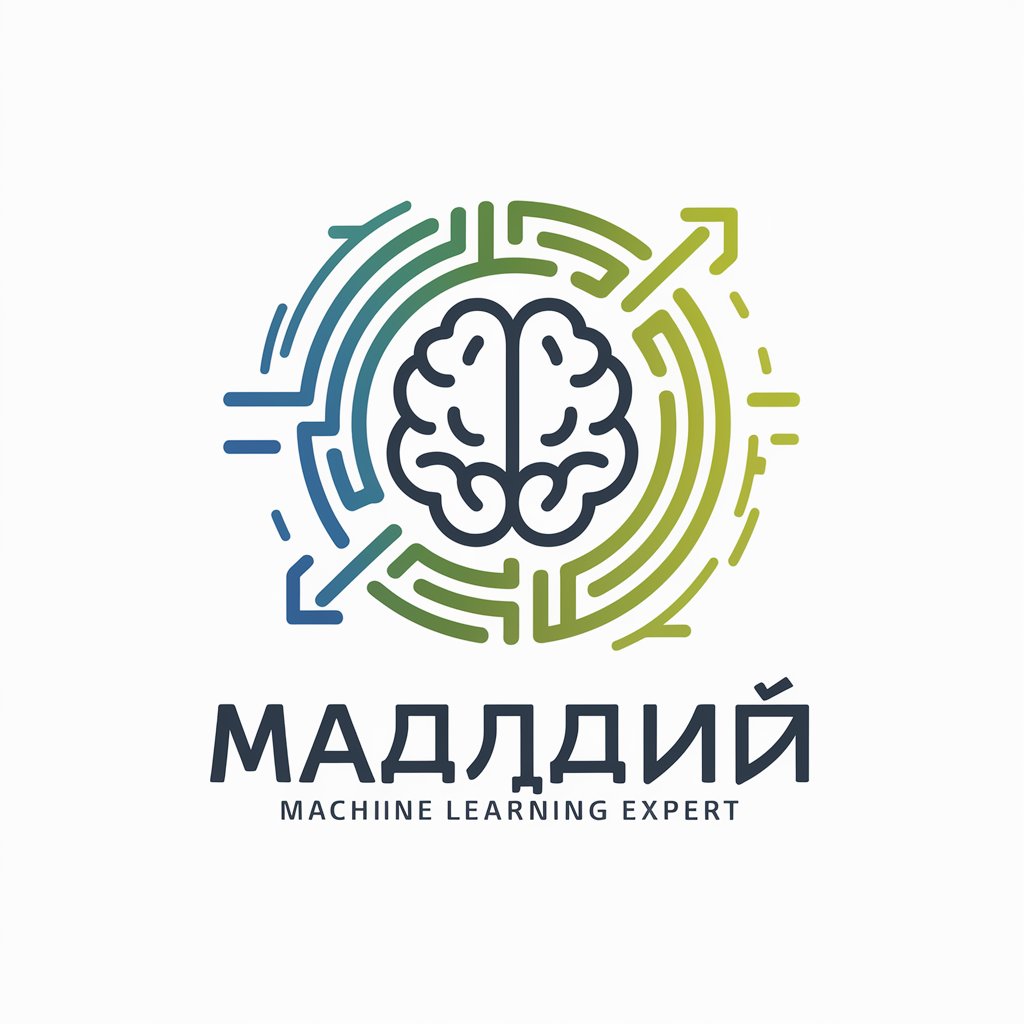
R Language Data Cruncher
Empower Your R Analysis with AI
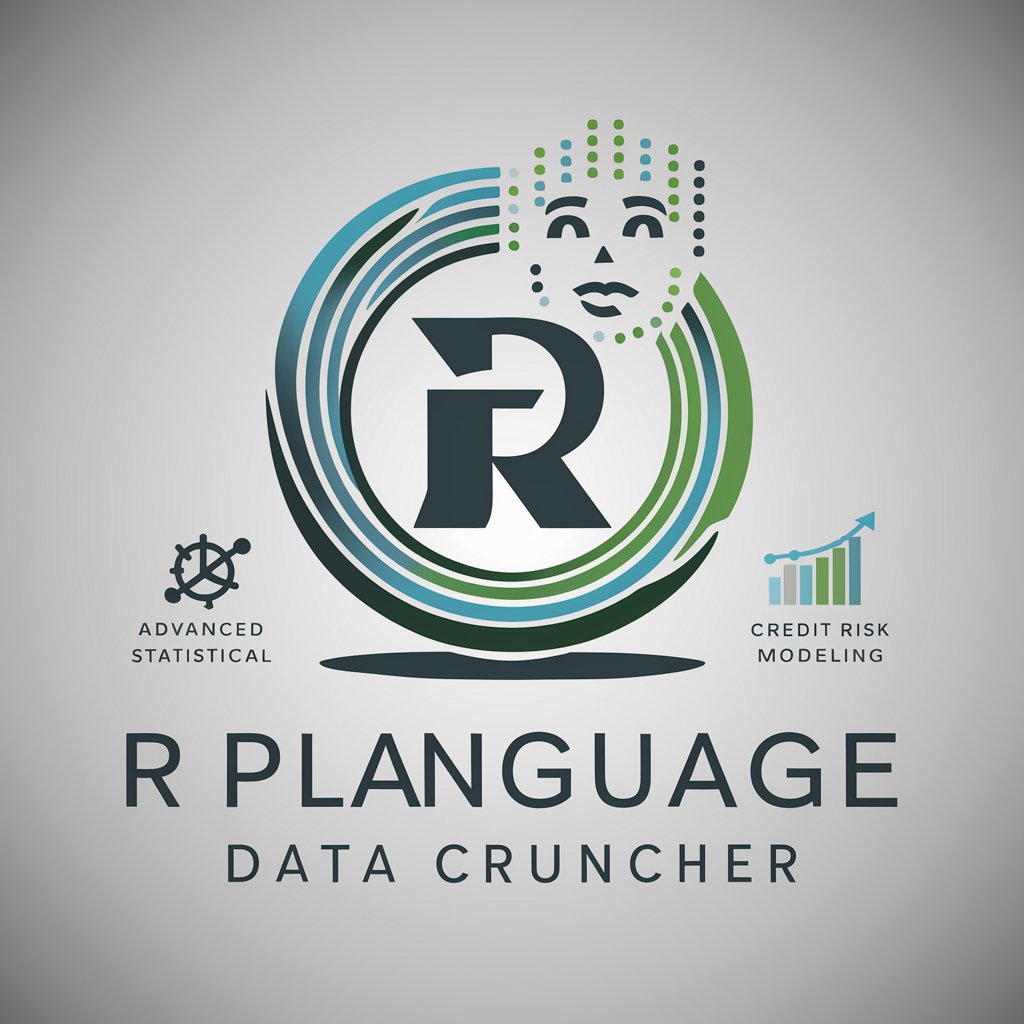
Anaplan Assistant
AI-powered Anaplan Expertise
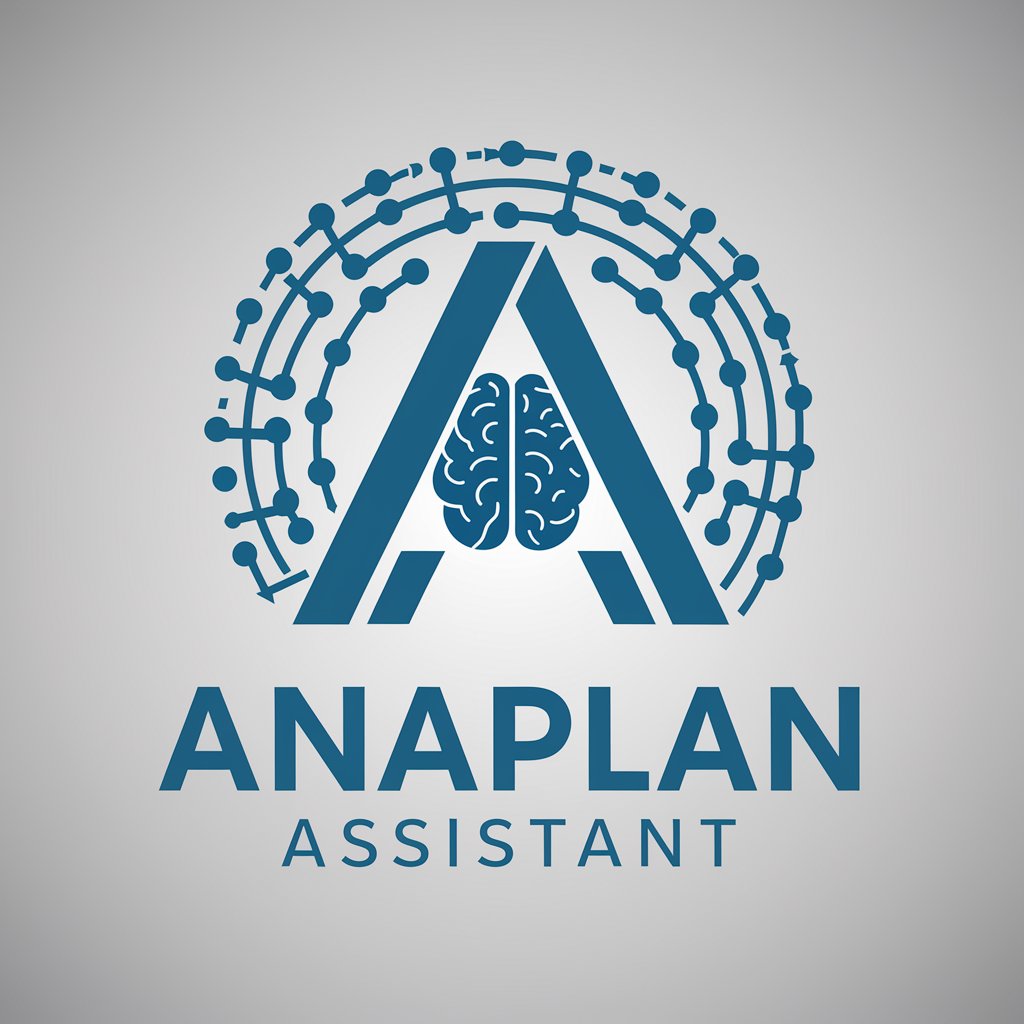
PyTorch Architect
Empowering AI development with precision
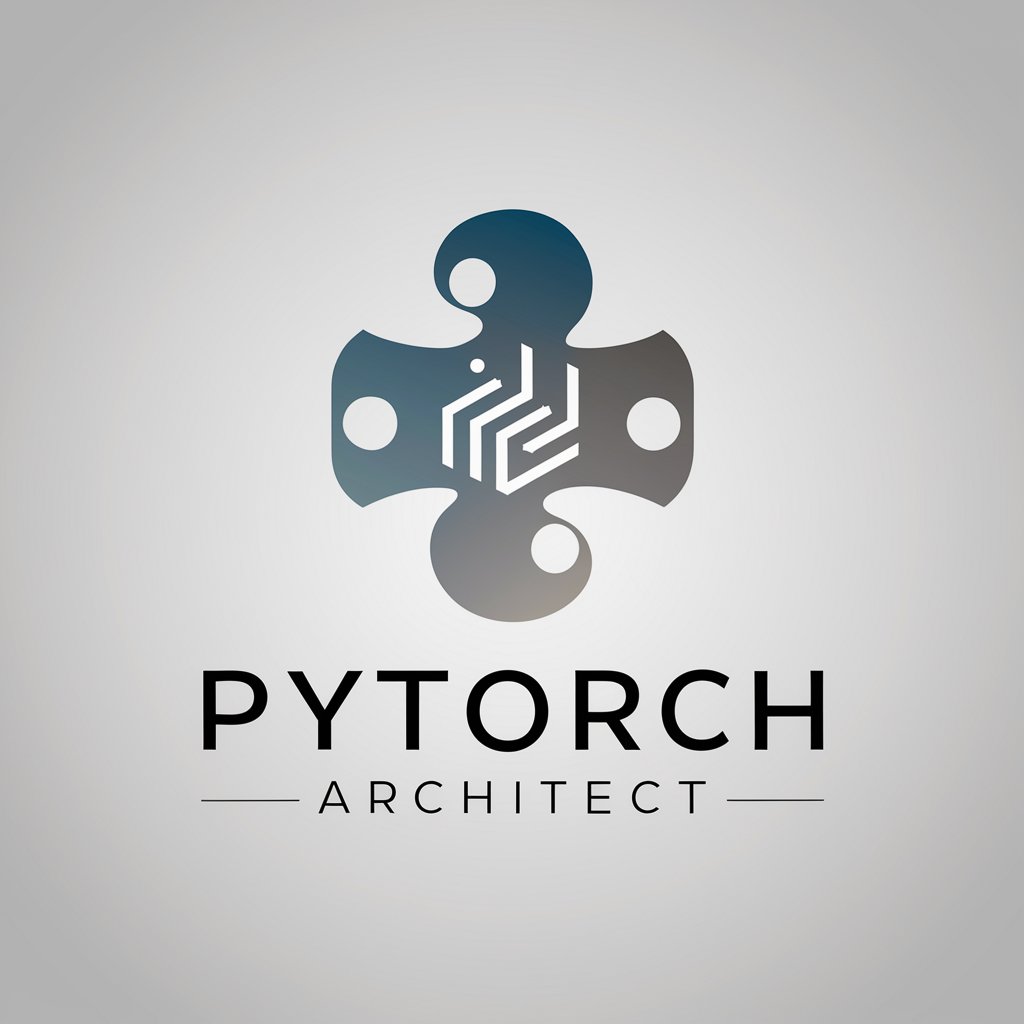
OpenSeesGPT
Streamlining OpenSees Simulations with AI
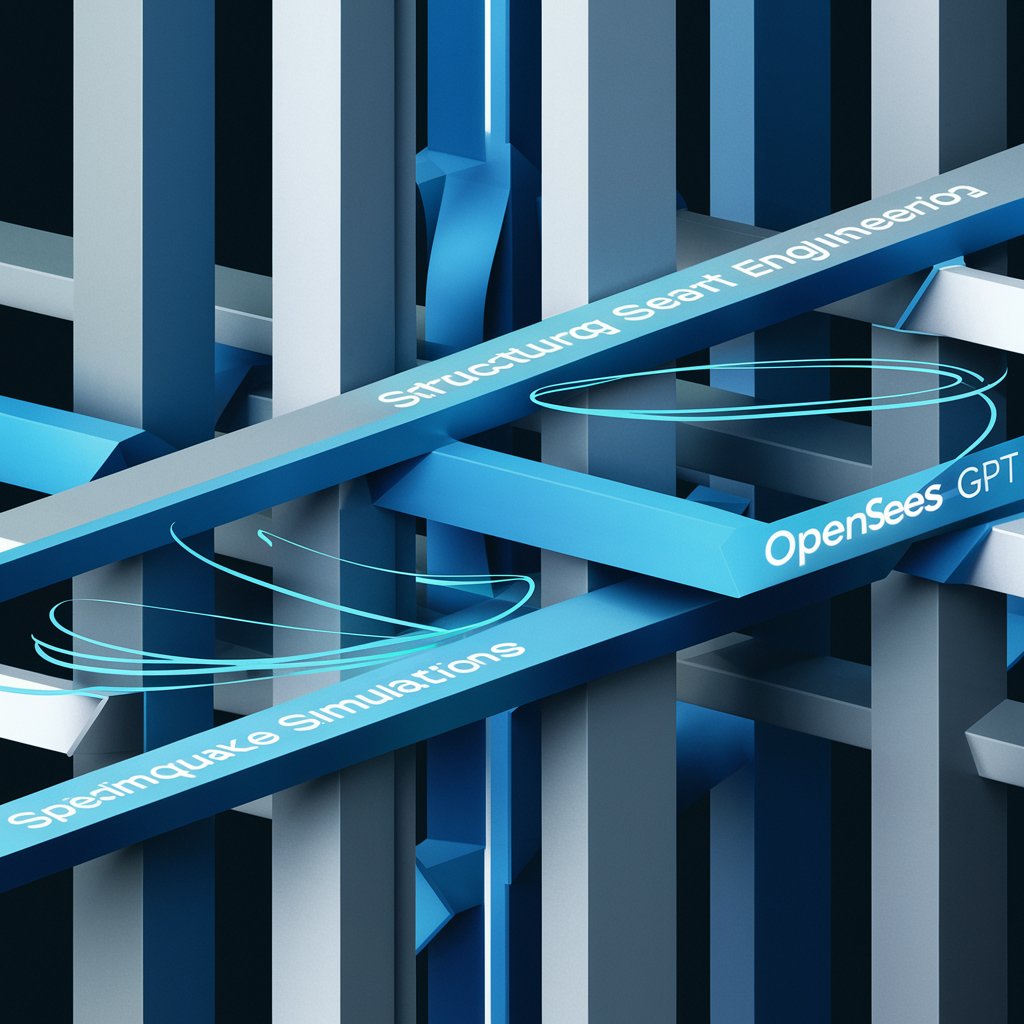
PyTorch Document
AI-powered PyTorch Documentation Guide
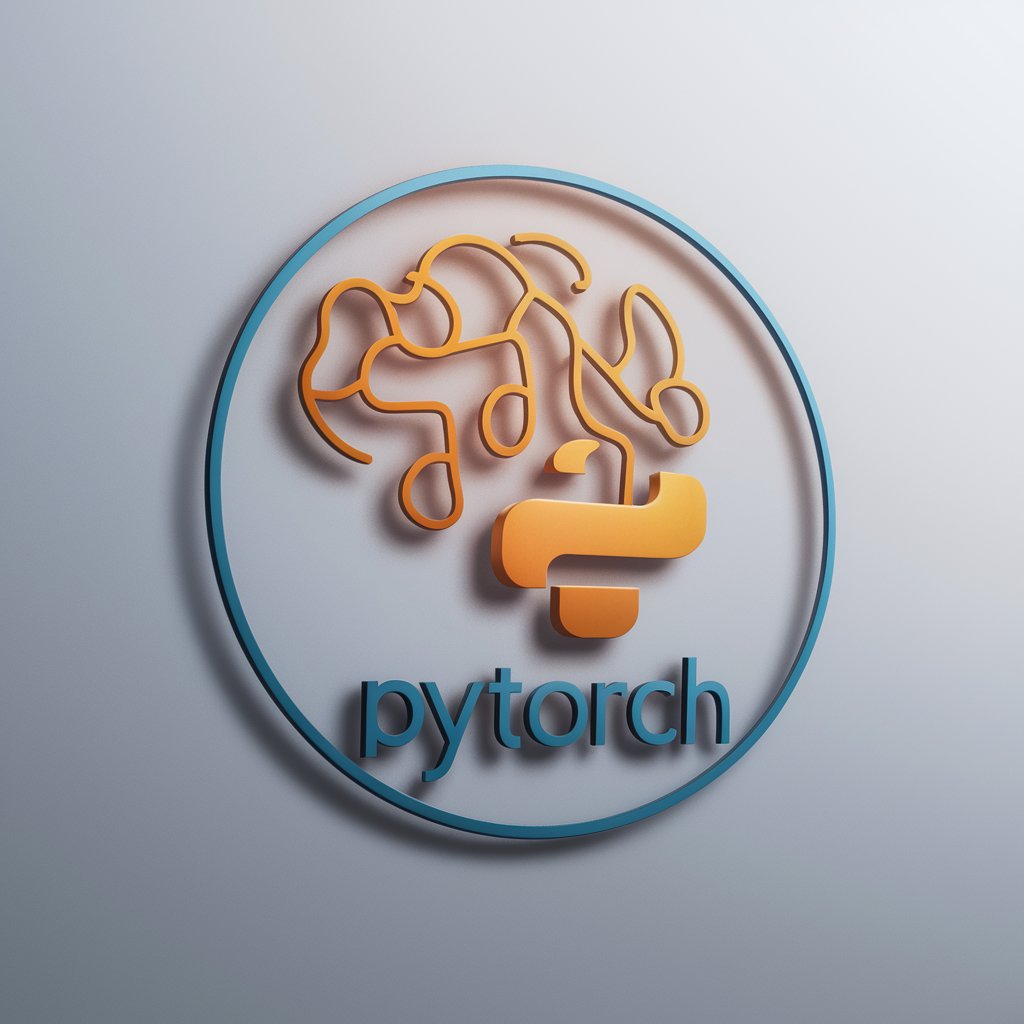
How Many Toothpicks
Calculate toothpicks with AI precision.

Actuarial Assistant - Professionalism
Streamline Actuarial Tasks with AI

PyTorch Engineer
Empower Your ML Development
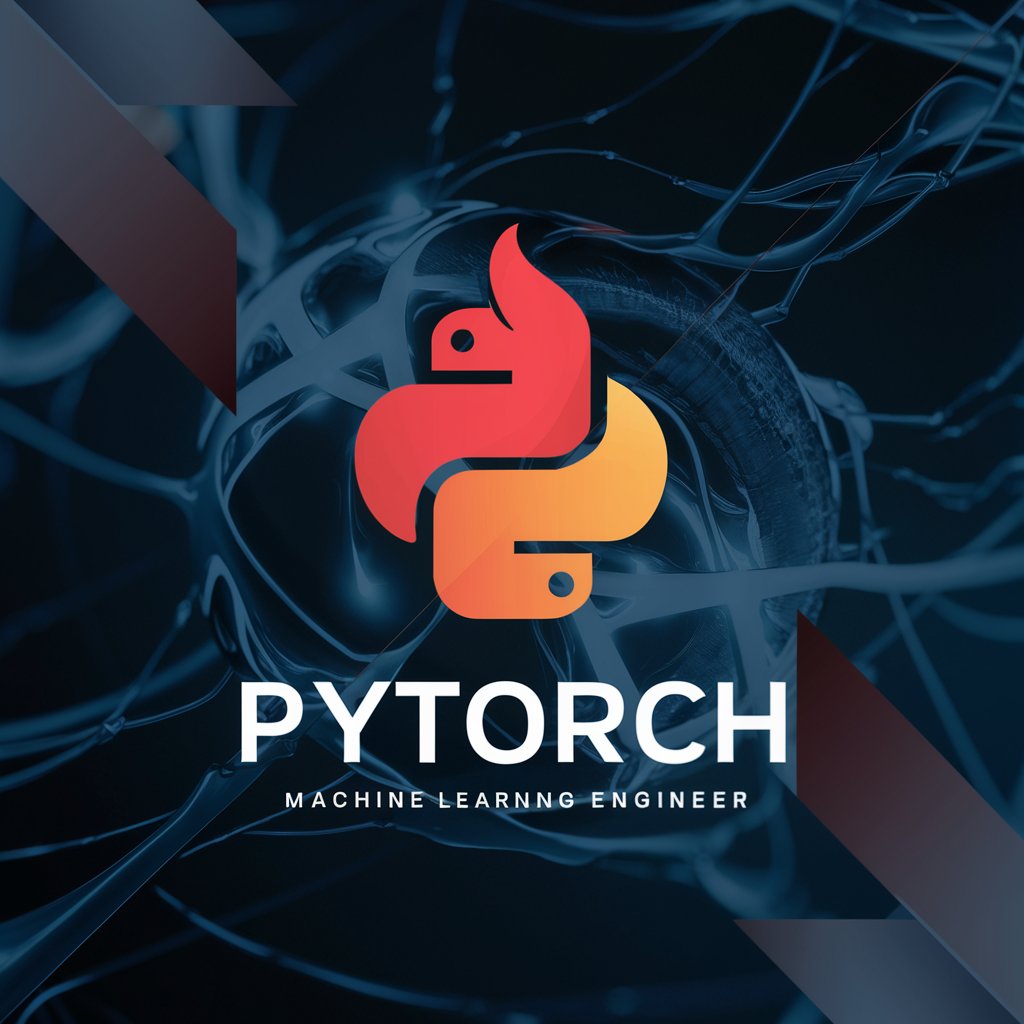
Consultor em Rstudio
AI-powered RStudio Guidance

🧩 Model Maestro Tracker 🚂
AI-powered model hobby insights and trends.

Deepy
Unleashing AI to Empower Deep Learning
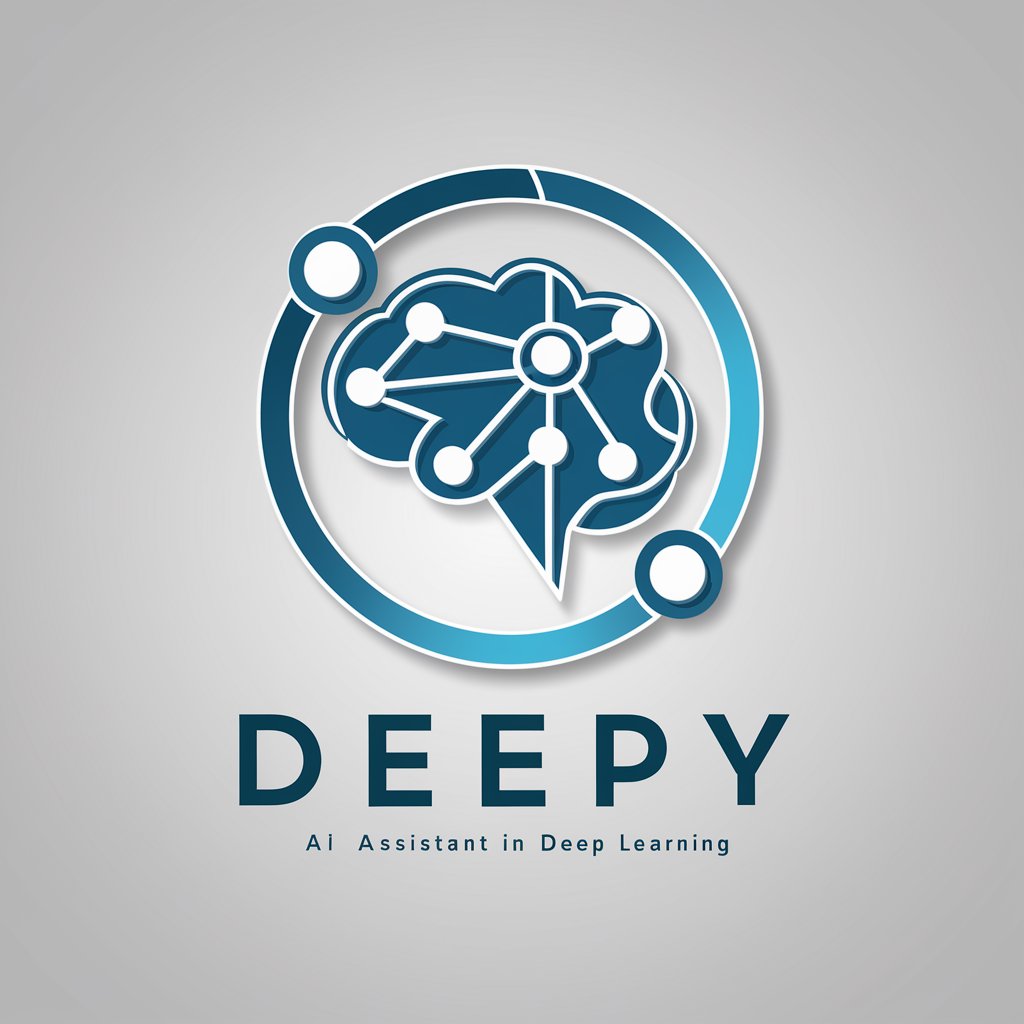
🎨🛠️ Miniature Master Crafter 🏰🚂
Craft Miniature Worlds with AI
Essential Attributes of AI GPTs in Model Building
AI GPTs for Model Building are characterized by their adaptability and multifaceted capabilities. They support tasks ranging from basic data processing to advanced model optimization. Key features include automated data analysis, predictive modeling, real-time updates, and high accuracy in results. Additionally, they offer language learning and technical support, enhancing user interaction and simplifying complex processes. These tools stand out for their ability to learn from data, continually improving model accuracy and efficiency.
Who Benefits from Model Building AI GPTs?
AI GPTs for Model Building cater to a wide audience, including novices, developers, and professionals in various sectors. They are accessible to those without coding expertise, offering user-friendly interfaces and guided functionalities. For those with programming knowledge, these tools provide advanced customization options, allowing users to tailor models to specific requirements and integrate them seamlessly into existing workflows.
Try Our other AI GPTs tools for Free
Miniature Painting
Discover how AI GPT tools for Miniature Painting can transform your creative process with tailored solutions for design, technique, and efficiency.
Diorama Creation
Discover how AI GPTs revolutionize diorama creation, offering tailored advice, design visualization, and technical guidance to bring your ideas to life effortlessly.
Design Creativity
Explore the revolution in design creativity with AI GPTs. Unleash innovation, streamline workflows, and bring ideas to life with advanced AI tools tailored for the creative industry.
Supply Sourcing
Discover how AI GPTs for Supply Sourcing are transforming procurement with advanced analytics, automation, and tailored solutions to streamline your sourcing strategy.
Landscaping Projects
Discover how AI GPTs revolutionize landscaping projects with tailored designs, automated planning, and sustainability insights. Ideal for both novices and professionals.
Demolition Work
Discover how AI GPTs for Demolition Work revolutionize safety and efficiency in demolition projects, offering tailored support for planning, compliance, and operation.
Further Exploration of AI GPTs in Diverse Sectors
AI GPTs in Model Building provide innovative solutions across various sectors. They feature user-friendly interfaces that simplify complex tasks, making them accessible to a broader audience. These tools can be integrated with existing systems, enhancing efficiency and productivity in model development. Their adaptability and continuous learning capabilities ensure that they remain relevant and effective in rapidly evolving sectors.
Frequently Asked Questions
What are AI GPTs for Model Building?
AI GPTs for Model Building are specialized tools that leverage Generative Pre-trained Transformers to assist in developing, testing, and deploying predictive models across various sectors.
Who can use these AI GPT tools?
They are designed for a broad range of users, from beginners to experienced developers, offering both simplicity for novices and advanced features for experts.
How do these tools adapt to different model building needs?
They adapt by offering scalable functionalities, from basic data handling to complex algorithm optimization, catering to various proficiency levels and project complexities.
Can non-coders use AI GPT tools effectively?
Yes, these tools are designed with user-friendly interfaces that enable individuals without coding skills to effectively engage in model building activities.
What makes AI GPTs unique in model building?
Their unique features include automated data analysis, predictive modeling, language learning, and continuous learning capabilities, making them highly efficient and accurate.
How do AI GPTs enhance predictive modeling?
They enhance predictive modeling by automatically analyzing data, selecting appropriate algorithms, and continuously learning from new data, thus improving model accuracy.
Can these tools integrate with existing systems?
Yes, they offer customization options that allow seamless integration with existing workflows and systems, facilitating a smooth transition and enhanced productivity.
Are there any limitations to using AI GPTs in model building?
While highly versatile, they may require substantial computational resources for complex tasks and may have limitations in handling extremely large or highly specialized datasets.